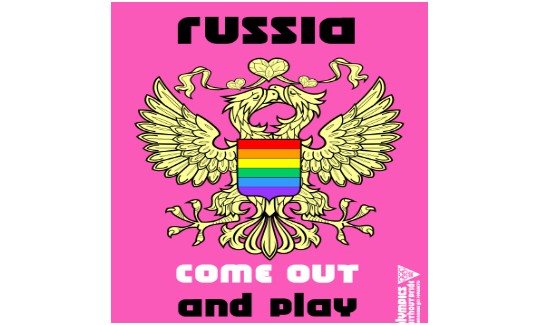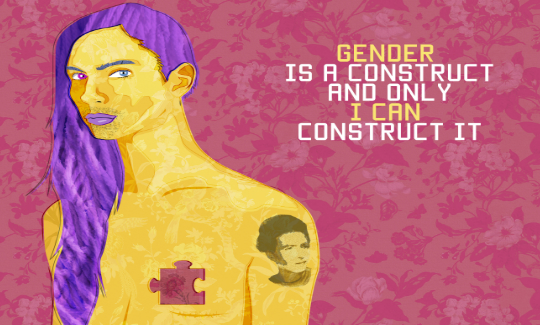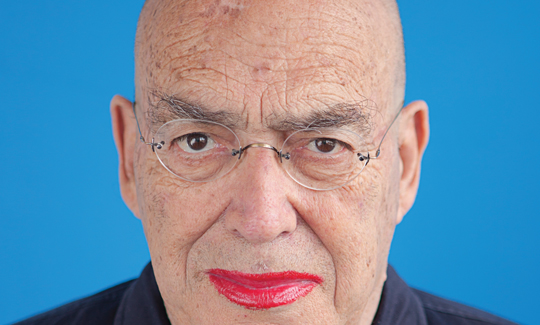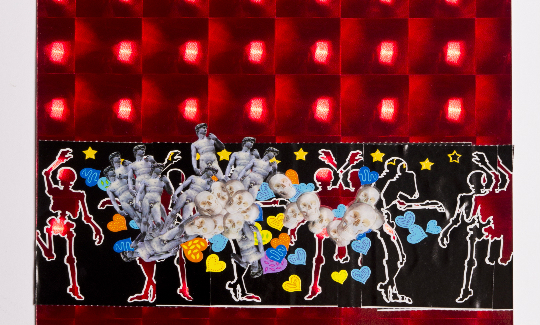Queer Performance: From Gilbert & George to the Present Day
Saturday, 11.11.17, 20:00
Saturday, 09.06.18
More info:
04-6030800Queer Performance: From Gilbert & George to the Present Day
The liberal political stance that seeks to define the limits of the LGBTQIA space is based on two complementary assumptions. First is the assumption of otherness, which presumes an inherent difference between the LGBTQIA community and heterosexuals – one that transcends any other form of kinship that may exist between the two groups. Second is the assumption of identity, according to which all members of the LGBTQIA community are identical. Sub-cultural nuances in the community and differences of personality, opinion, and ambition are inconsequential and do not need to be acknowledged.
It is based on these two assumptions, as described by theorist Hagai Kalai, that the liberal politics of segregation and exclusion is allowed to operate. The hegemony divides public space and confines the LGBTQIA "other" to a limited area in which this community is allowed to exist openly. Once public space is divided, any criticism over lack of representation or visibility is immediately undercut, and the exclusion of the LGBTQIA identity from the rest of public space is legitimized. This practice is, in fact, equitable to the principle of "separate but equal." Standards for allocation of space are determined by the hegemony – the more similar the "other" is to the "self," the more deserving it becomes: prove that you are similar to the majority in every aspect aside from your sexual orientation. Prove that your sexual orientation is unequivocally, irrevocably different.
In the 1990s, the desire to confront this power balance gave rise to a new kind of queer theory, one that propounded theoretical mechanisms for fighting against a unified identification of individuals and communities and attempted to challenge the division into opposing categories of sexuality and identity. Queer theory is characterized by its radical point of view. The notions of "queer" and "normal" or "heterosexual" are not mutually exclusive. The existence of the queer exposes the belligerent and arbitrary fallacy that is at the heart of this binary mode of thought.
The goal of queer theory is twofold: to fight prejudice against social abnormality, and to point to the self-aware abnormal as a path for a new kind of social and political tolerance. It follows Michel Foucault in its attempt to define sexual otherness not as a biological reality but as a social construct, one that establishes the "normal" as the polar opposite of the "perverse" and "pathological." Queer politics supports the dissolution of boundaries between social categories, blending them into new, hybrid constructs.
The works shown in this exhibition touch on queer practices that aspire to create critical visibility as a means of achieving proud "positivity." The struggle for visibility puts queer politics in a position of influence over mainstream society. The yearning for visibility plays a crucial role in the performative discourse. Queer theory emphasizes the importance of bodily performance in the formation of identity and difference. Judith Butler claims that the categories "woman," "man," and "transgender" are not fixed concepts, but in fact social actions born of language, pointing to the various cultural functions and appearances of men, women, and everyone in between.
The works emphasize the role of queer performance in the public space as a genre that sheds its attachments to rules and definitions and acts as an apparatus for social criticism. Queer activism performances adopt instruments of criticism that allow them to resist the hegemonic demand for adequacy, break through familiar boundaries, and offer a visual commentary on reality. Queer activists today use art as an instrument of social transformation. Their performances reflect a commitment to changing the social and political landscapes and blazing a new path.






